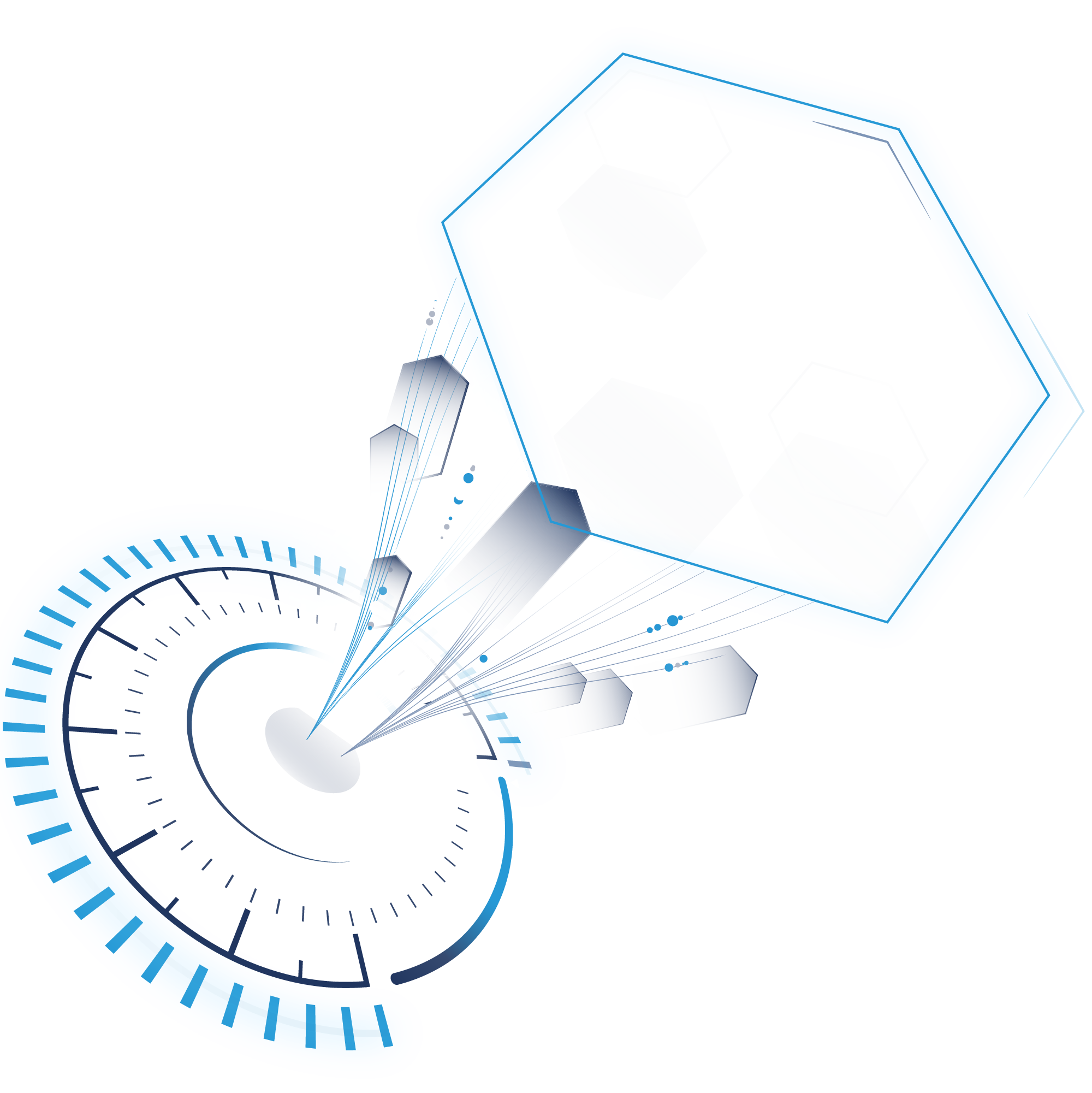
Jedox 2022.1 accelerates Model development and collaboration
The Jedox enterprise performance management (EPM) platform 2022.1 release supports your organization’s financial transformation. It reduces the effort and resources used by your planning process whether you are launching new solutions, developing increasingly comprehensive models, or sharing information across business units.
The release enhances visibility and context within models and reports and introduces no-code options to make sharing relevant views of workbooks across the organization simpler. Whether you are scaling your FP&A program, engaging more stakeholders across the organization through a formal xP&A initiative, or simply needing to speed up management and ad hoc reporting for your sales organization, 2022.1 provides streamlined tools to accomplish your business objectives.
How the Jedox EPM platform 2022.1 release simplifies building solutions for Enterprise-wide planning and operations
As a builder of Jedox models and reports, you can more quickly serve the C-Suite’s financial planning and analysis needs through:
- Breadcrumb navigation that helps you and colleagues exploring models and reports to better understand their relative context.
- Workbook Event Actions allow no-code, self-service options to create relevant and up-to-date views of data when opening or closing reports. Or, you can trigger Integrator actions like shifting data between Jedox Cubes when you close a report. You won’t have to ask technical resources to write custom code to achieve your results.
- Dynamic List Labels provide more accurate and relevant context without the need to manage hard-coded values when analyzing plans. Communicate data in simple language where dynamic labels reflect specific language (e.g. – within a sales plan noting the year for monthly bookings “Actual Feb 2022” where the version, year and month is dynamic based on the user selected context of the report).
Flexibility of Virtual Dimensions is extended to further support xP&A and FP&A initiatives
You may still be a bit fuzzy on Virtual Dimensions since this was introduced to the Jedox platform in 2021. As a reminder, Model builders can enable dimension attributes to be used as Virtual Dimensions for Jedox Views with a simple click in the Jedox Modeler.
Example of 2022.1 in action: Workforce planning for a partially remote organization
Imagine as part of your xP&A initiative that you are building models that support global workforce planning in collaboration with the Human Resources department. You would like to see predictions of employees needed for each of your global entities based on predicted revenue forecasts. You would like to see employees by attributes such as “fully-remote,” “partially-remote,” “not-remote” and how that impacts salary expenses or even CAPEX expenditures for equipment. Simply flag these attributes as Virtual Dimensions in the Jedox Modeler. They are immediately available in any Jedox Cube that uses this dimension and are also available for drag and drop self-service analysis.
In this workforce planning scenario, Jedox 2022.1 empowers you to:
- Explore combinations of types of employees (fully-remote, partially-remote, not-remote) through Aggregation functions when multi-selecting values in a View.
- Identify average equipment expenditures through Semi-Additive Measures when Virtual dimensions are enabled in a Cube.
- Leverage these employee attributes in the Planning Assistant.
- Improve analysis including Virtual Dimension in a subset based on a data filter
The 2022.1 release of the Jedox platform continues our commitment delivering incremental value with every release of our enterprise performance management platform. If you want to see how Jedox can help you realize your vision for financial and digital transformation, please request a demo today.



